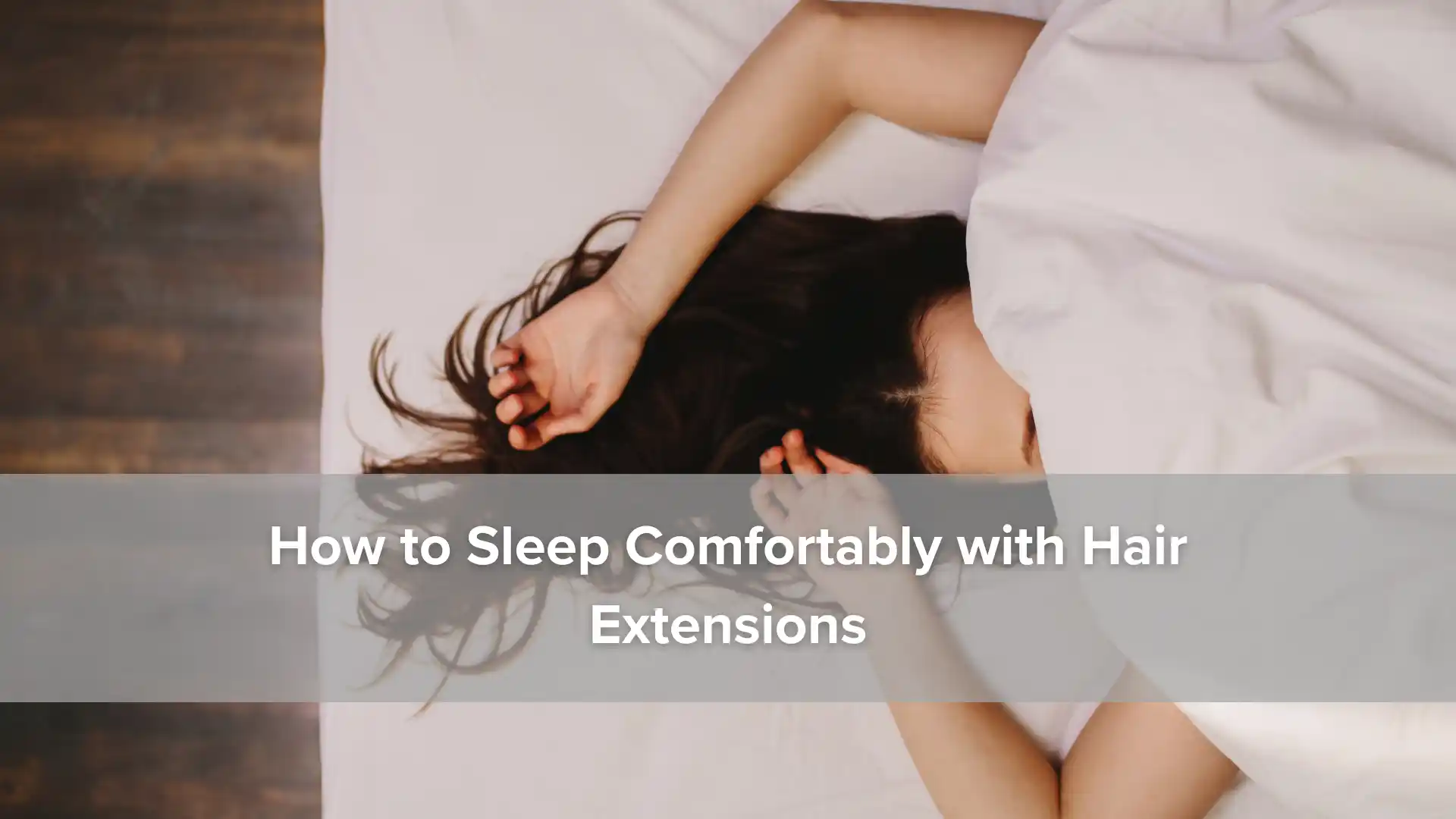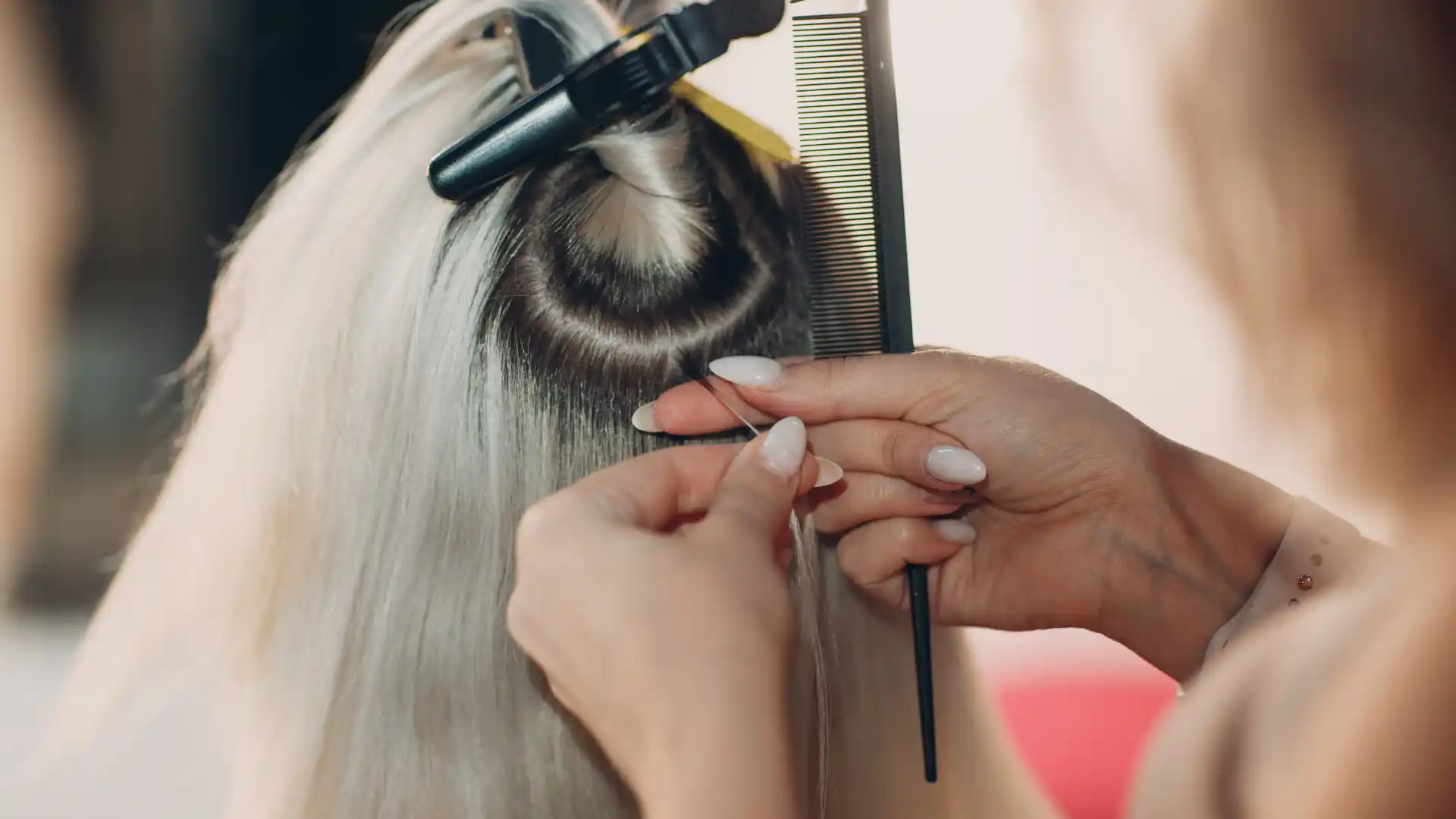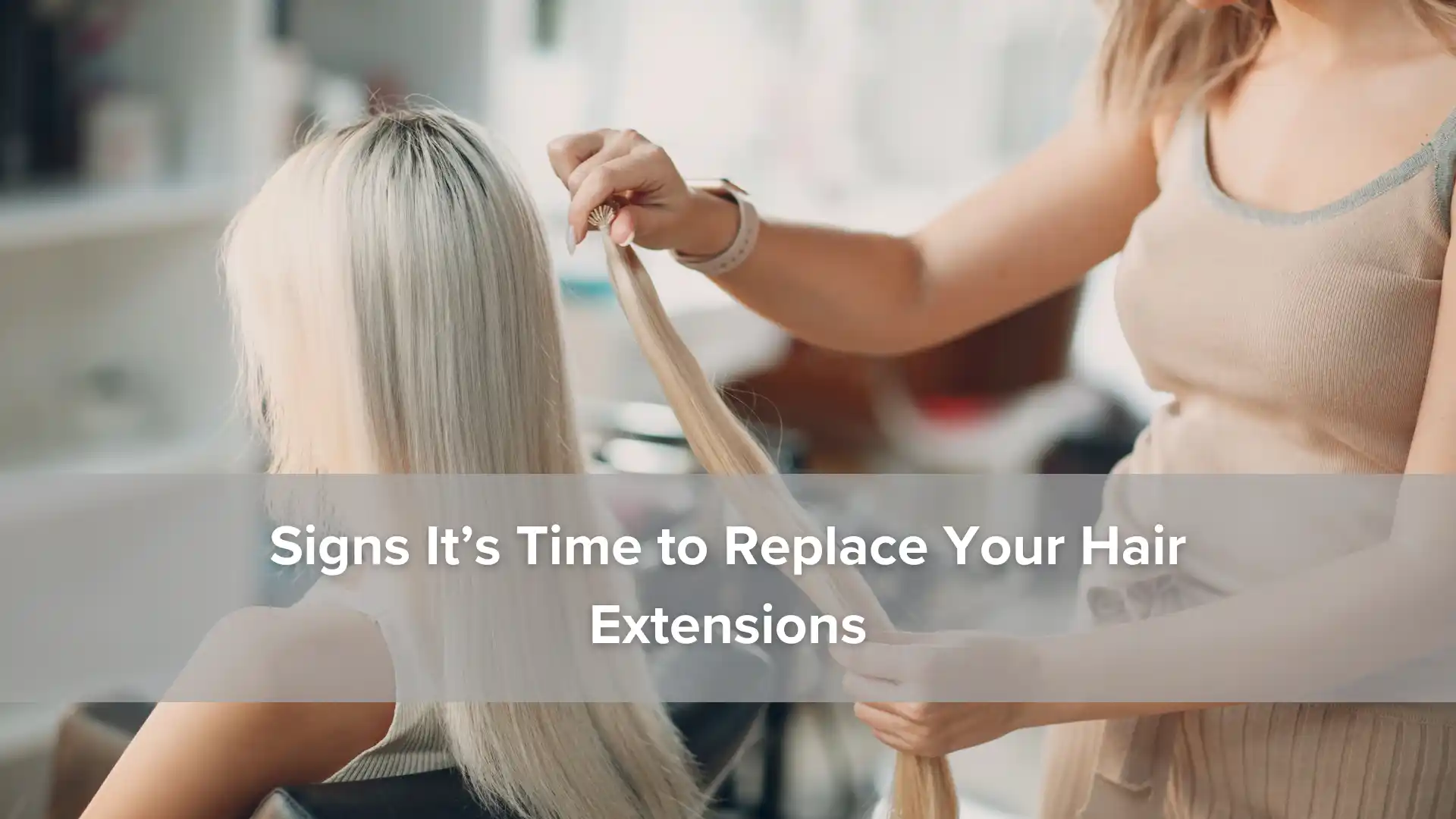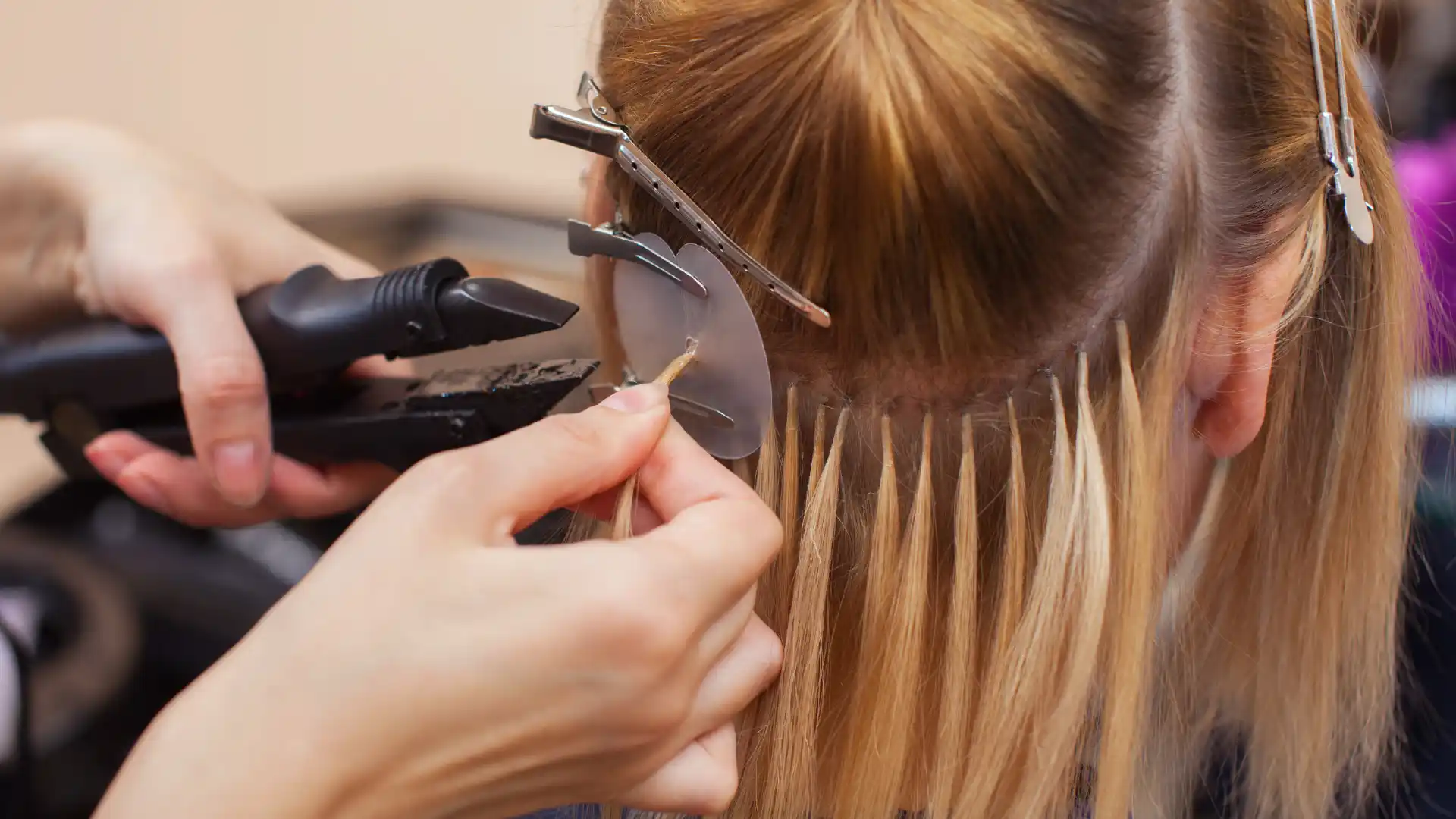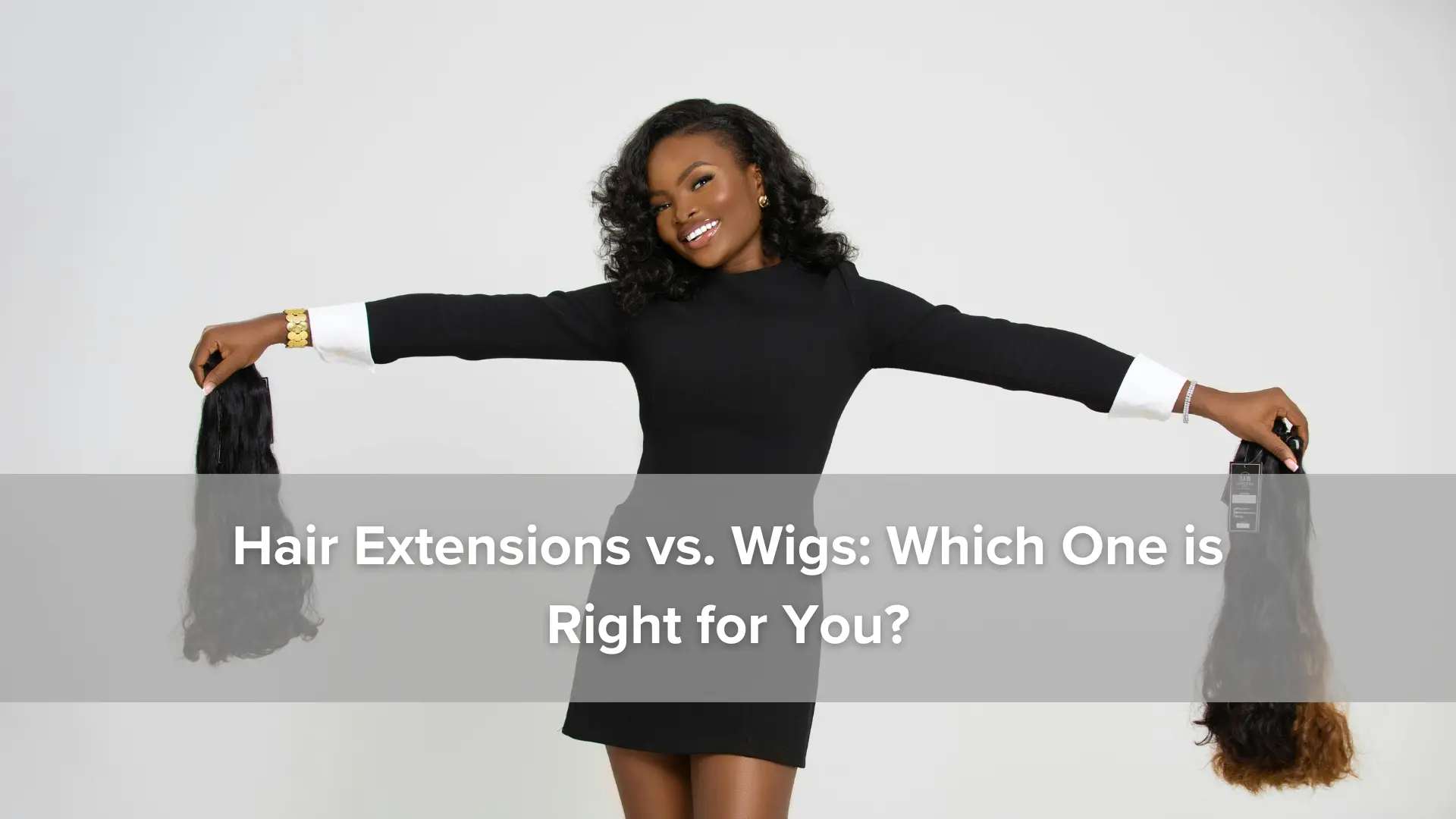
Hair transformations allow people to change their look, boost confidence, or address hair concerns without waiting months for natural growth. From added volume and length to complete coverage, modern options cater to a wide range of preferences.
What Are Hair Extensions?
Hair extensions come in several types. These include clip-in, tape-in, sew-in, and fusion. Each method uses its own unique attachment technique, which also impacts how long it lasts.
Clip-in extensions are temporary hair solutions. They work well for special occasions or quick changes. These extensions clip directly into your hair and remove easily at the end of the day. Tape-in extensions use a special medical-grade glue to stick small sections of hair to your natural hair. They usually last about four to eight weeks.
Sew-in extensions, also called weaves, are done by braiding your real hair first and then sewing the extensions into those braids. This method is most effective for individuals with thick or coarse hair. Fusion extensions involve bonding small sections of hair using keratin and heat, giving a natural look with long-lasting results. With the right maintenance routine, permanent hair extensions like fusion or sew-ins can last several months. You will need regular salon visits to reposition or replace them as your hair grows.
What Is a Wig?
Wigs provide full coverage and are available in many styles. You can pick a lace front wig if you want a natural-looking hairline, or go with a full lace wig if you want more ways to style your hair. There are also different types to choose from, like synthetic wigs or ones made with real human hair attached to a wig cap.
Wearing a wig is pretty simple. Most have adjustable straps, clips, or glue to help keep them in place. Some people also wear a wig cap underneath for extra comfort and to help the wig stay on better. Wigs offer excellent scalp coverage, making them a popular choice for people experiencing hair thinning or medical hair loss.
Wigs serve as one of the most effective hair loss solutions, offering an instant transformation without affecting your existing hair. Synthetic wigs require less upkeep and cost less than human hair wigs, but offer less heat styling freedom. Human hair wigs feel and move more naturally, and allow you to curl, straighten, or color them like real hair. With the right care, human hair wigs can last for years.
Hair Extensions vs. Wigs: Side-by-Side Comparison
Both hair extensions and wigs can look natural. Extensions mix in with your own hair, so they’re hard to spot. A good wig, especially one made with real human hair, can look just like a real hairline and scalp.
The way you put them on is different, though. Extensions, especially the kind that stay in for a while, usually need to be done at a salon. Wigs offer a more convenient application with numerous ready-to-wear options. If you want ease of application, a wig might suit you better.
Cost and maintenance also play a role. Extensions often require recurring appointments for upkeep, especially with fusion or sew-in methods. Wigs have an upfront cost, but require fewer touch-ups, aside from regular washing and proper storage.
For daily wear and convenience, clip-ins or wigs offer the most flexibility. You can take them off at night or change your look on a whim. Styling versatility depends on the material. Human hair extensions and wigs allow for the most freedom, while synthetic wigs limit heat use and restyling.
Which One Is Right for You?
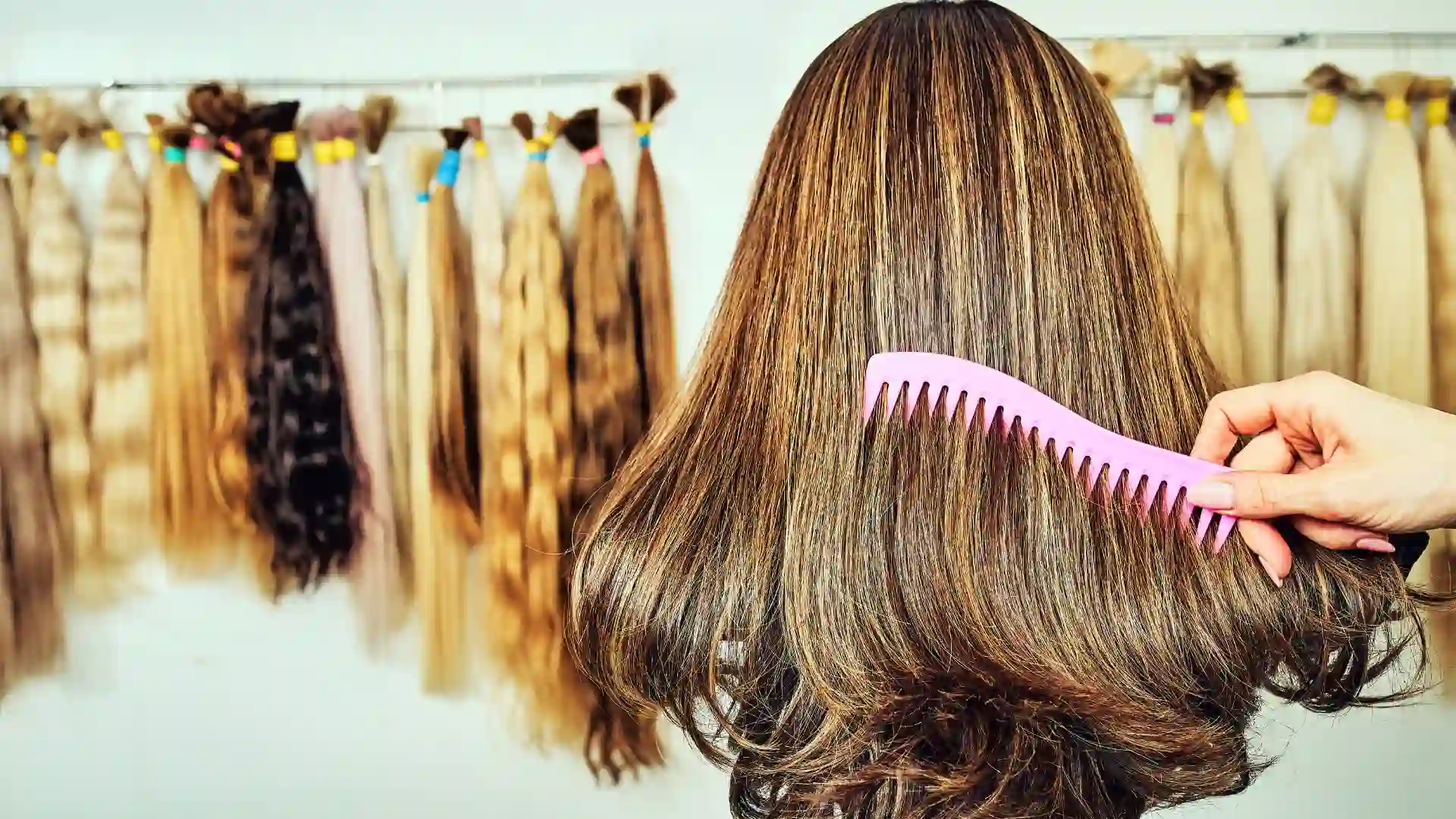
Hair health also affects your decision. Extensions require a healthy foundation, while wigs offer coverage regardless of your natural hair’s condition. Texture is also important. Some methods work better on coarse hair, while others suit fine strands.
Think about whether you want a temporary hair solution or a longer-lasting option. Clip-ins and synthetic wigs offer quick fixes. Fusion extensions or human hair wigs offer more permanent transformations with higher price tags and longer wear time.
Book a Consultation Today
Choosing between hair extensions and wigs doesn’t have to feel overwhelming. At Therapy Hair Studio in Houston, we help clients explore their options and create a plan that fits their lifestyle and beauty goals. Whether you’re looking for natural hair coverage, added volume and length, or the best hair loss solutions, our expert team can guide you every step of the way. Call us today to book your consultation and get started.
Related Posts:
Tape-In vs Clip-In Extensions: Which Is Right for You?
Botched Haircut? We Can Fix It! Tricks We Use to Make You Look Good Again





